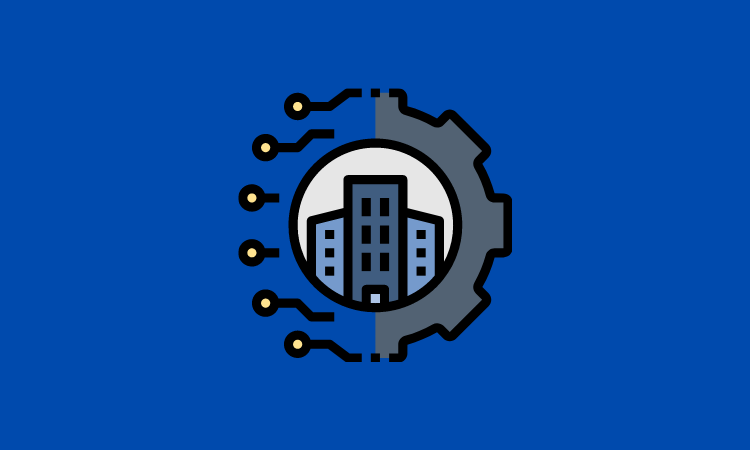Blockchain and Crypto
Anchorage Digital’s Diogo Monica on keeping up with regulations and linking FIs to digital assets
- Given the recent rise of FIs' interest in crypto custody, Tearsheet decided to catch up with Diogo Monica, the co-founder and president of Anchorage Digital.
- We discussed how the company is keeping up with regulations, why more FIs are offering crypto services, and what the firm has in store for the future.










